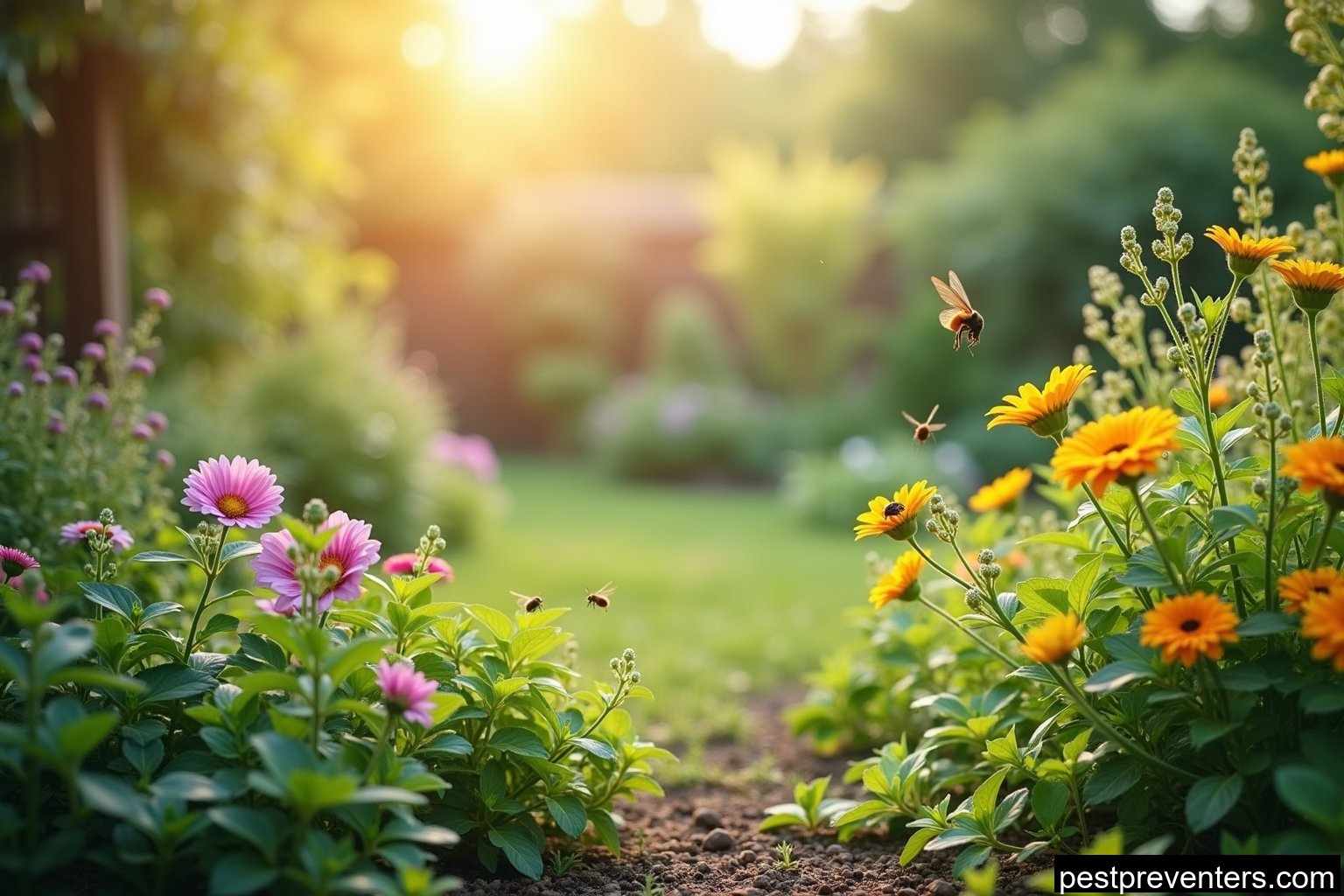Sustainable Sanctuary: Eco-Friendly Pest Control Tips for a Greener Home

Introduction: In a world where sustainability is becoming increasingly crucial, it's essential to adopt practices that not only safeguard our living spaces but also protect the environment. Pest infestations can be a nuisance, but resorting to harsh chemicals can have negative implications beyond just exterminating unwanted guests. Luckily, there are eco-friendly pest control methods that can effectively manage pests while keeping your home and surroundings safe. Let's delve into the realm of green pest control and explore how you can create a greener, healthier living space with the help of PestPreventers.com.
Understanding Eco-Friendly Pest Control
Embracing eco-friendly pest control involves utilizing natural, non-toxic solutions to manage pest populations without harming the environment. Integrated Pest Management (IPM) is a holistic approach that focuses on preventing infestations through proactive measures like sealing entry points and maintaining cleanliness. By addressing root causes rather than merely treating symptoms, IPM offers a long-term, sustainable solution to pest control.
Natural Remedies and DIY Solutions
When combating pests, nature provides us with a wealth of resources that are both effective and eco-friendly. Essential oils such as peppermint, lavender, and tea tree oil can act as natural repellents for insects like ants and spiders. Additionally, creating homemade traps using sugar and baking soda can help tackle common pests like cockroaches without introducing harmful chemicals into your living space.
Implementing biological control methods is another eco-friendly strategy that involves introducing natural predators or parasites to target specific pests. For instance, releasing ladybugs to control aphids in your garden exemplifies how nature's own mechanisms can maintain pest populations in check without resorting to synthetic pesticides.
Sustainable Product Recommendations
While opting for DIY solutions is effective, sometimes professional products may be necessary for more severe infestations. Choosing eco-friendly pest control products that are certified organic or naturally derived can minimize your environmental footprint while effectively managing pests. When selecting products, look for endorsements from reputable environmental agencies and certifications that validate their eco-friendly claims.
Cultivating a Pest-Resistant Environment
Prevention is key in maintaining a pest-free home sustainably. Seal cracks and crevices, eliminate food sources, and minimize moisture to deter pests from making themselves at home. By implementing these preventive measures, you create an environment that is inhospitable to pests, reducing the need for intervention and promoting a greener living space.
Conclusion: Embracing eco-friendly pest control methods not only protects your home but also contributes to a healthier planet. By integrating natural remedies, sustainable products, and preventive practices, you can create a sanctuary that is both pest-free and environmentally conscious. Visit PestPreventers.com for more tips on sustainable pest control and transform your living space into a haven that prioritizes the well-being of your family and the world around you. Let's cultivate a greener future, one pest at a time.
In conclusion, by adopting eco-friendly pest control practices, you're not just safeguarding your home from unwanted intruders; you're creating a sustainable sanctuary that aligns with your values and respects the delicate balance of nature. Join us in the journey towards a greener, pest-free world—one where harmony between humans and the environment thrives.




